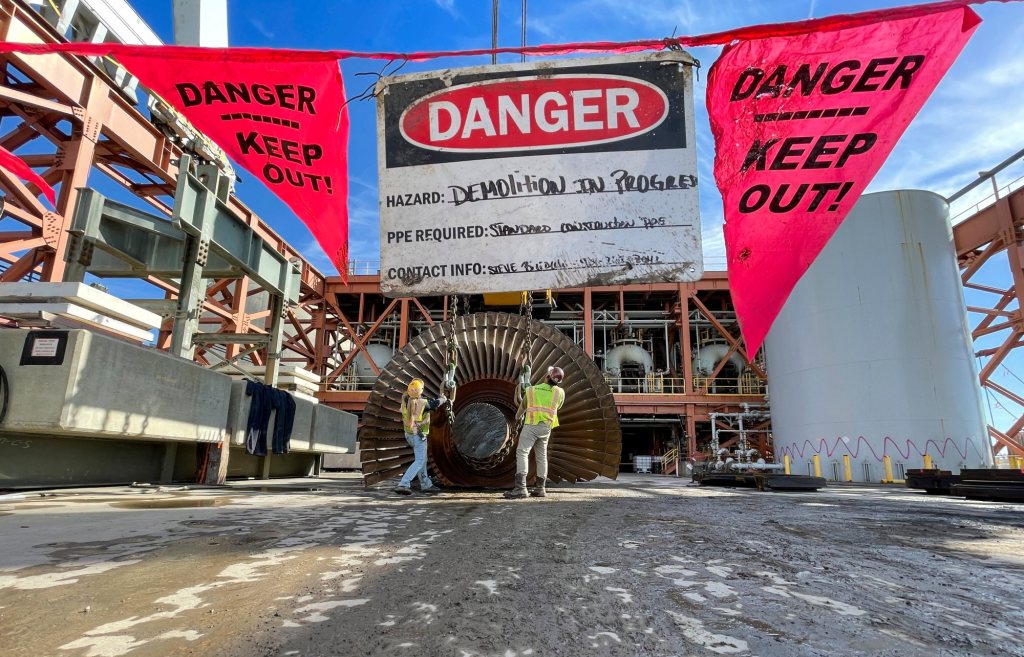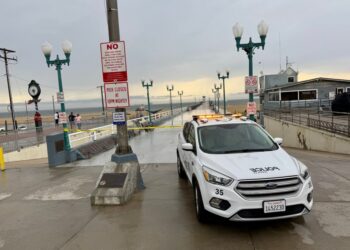It was mid-December. The truckload of demolition debris was all loaded up and ready to depart the San Onofre Nuclear Generating Station.
But before it could be released into the wild, radiation levels had to be checked several times to ensure they weren’t above “normal background.”
The needle on the hand-held meter twitched. Radiation levels were slightly above normal background.
“Material and equipment shall not be released from radiological controls if they are contaminated with plant-related radioactive material that is distinguishable from background,” the Nuclear Regulatory Commission said in its most recent inspection report for San Onofre. “This two-step survey process was implemented, in part, to help prevent the accidental release of contaminated material.”
The truck returned to a restricted area for offloading. Workers found contaminated “radwaste discharge piping” that had been improperly marked. The remaining debris was scanned for radioactivity and cleared, while the recovered piping was “properly dispositioned as radioactive material,” the inspection report says.
The tear-down of a nuclear plant is a sensitive thing, and redundant checks are built into the process. They worked exactly as they were supposed to here, the NRC said. Southern California Edison’s demolition contractor completed a “condition report” to pinpoint the causes of the error and figure out how to keep it from happening again.
As San Onofre comes down piece by piece — the reactor vessels are being sliced up, the turbine buildings demolished, the racks removed from spent fuel pools and pressure-washed to remove “gross contamination” — the nuclear industry is positioning itself as the bridge from a fossil fuel past to a renewable energy future.
It comes a bit late for San Onofre and Southern California.
Nuclear bridge
The need for a better energy transition strategy has been driven home by skyrocketing natural gas prices in California and
Read the full article here






